"You are the average of the five people you spend the most time with." – Jim Rohn
Growing up, we all had to suffer through countless maxims and quotes emphasizing the power of the collective. Clearly some covert socialist plot concocted by federally run education departments. Thankfully Ayn Rand and tasteful men’s cologne commercials helped maintain the belief in the magic power of individualism.
With age and experience, it’s clear that not everyone can be John Galt. The achievements of Steve Jobs, Michael Jordan & Rafael Nadal are undeniable but they would not have reached nearly the same level of success if not for the people around them.
Active networking and social climbing can only bring you so far, the people you build connections and spend time with have an outsized impact on your success or lack thereof. In today’s article, I will use the premises of local maximum, iron sharpening iron, relative & absolute improvement to explain why success breeds more success.
If this week’s article does not interest you, please check out some other recent ones:
The Latte Legislator (short story)
Robbing Banks is a Rich Man's Sport
Why is Pilates Seen as a “Girl Exercise”?
LLMs as explained by The Big Lebowski
Local Maximum
For most of human civilization, it was considered humanly impossible to run a 4 minute mile. Despite many attempts, the milestone would not be broken, creating as much of a psychological barrier as physical. On May 6 1954, Roger Bannister clocked in a mile at 3 minutes and 59 seconds. 6 weeks later, another runner clocked in a time of 3 minutes and 58 seconds. Within a year, 3 more runners ran sub 4 minute miles. Once Bannister showed it could be done, it removed the psychological barrier, making the mark possible1.
This story exhibits The Power of Confidence (last week’s article). Seeing greatness will inspire more people to attempt incredible things. This is why it’s important to surround yourself with people attempting to push boundaries or operating at a much higher level. Seeing them succeed, will show what’s possible, removing psychological barriers and limiting beliefs.
In mathematics, the local maximum is the point where a function's value is higher than at any nearby points, while a local minimum is a point where the value is lower than at any nearby points, there might be higher or lower points elsewhere (global extrema). In the case of Roger Bannister and Big Sean, they serve as good examples of local and global maximums.
If people are under the impression that it’s impossible to run a mile under 4 minutes, that mark serves as the global maximum. If the fastest person you know can run a mile in 4 minutes and 15 seconds, that is the local maximum. This distinction is important because everybody except the top performers in their respective domain, benchmark themselves with the local maximum. The global maximum can often feel out of reach, so we compare ourselves against people we know, or with similar circumstances.
Rapper Mike Posner in several interviews has stated that seeing his friend Big Sean get signed by Kanye then release award winning songs, made him believe that he too could reach similar heights. Within a few years his songs, “Cooler than me”, “Please Don’t Go” and “I took a Pill in Ibiza” were achieving worldwide acclaim. If Posner didn’t have a Big Sean in his life, he would not have believed he could become a worldwide renowned recording artist. This exhibits the concept of the local maximum.
Without Big Sean, the most successful person Posner knew was playing local night clubs. This would have been his local maximum, and likely the height of his success. By seeing somebody he considered a peer jump to a new level, it let him believe he could accomplish the same thing. Meanwhile, Big Sean by hanging around Kanye West, Jay-Z, Pusha T and other huge rappers, at the top of the game gave him a new local maximum, propelling him higher. Even if Big Sean wasn’t at their level, by working and collaborating with them, he could accomplish things he never would have. As your circles becomes successful, your local maximum rises, increasing your potential for greatness. On October 13th, Elon Musk raised the global maximum for space travel when Space X successfully caught a Starship rocket on the launch pad2.
As helpful and inspiring that these idols are at helping eliminate psychological barriers, this on it’s own will not breed success.
Iron Sharpens Iron
Not only will the people around you remove psychological barriers, they also help refine technical abilities. This is why the greats, in any domain had at least one:
An incredible coach/mentor (Mr. Miyagi for the Karate Kid or Benjamin Graham for Warren Buffet)
Excellent peer (Warren Buffet & Charlie Munger or Sherlock & Watson)
World class training partner (Arnold Schwarzenegger & Franco Columbu)
Major rivals/opponent (Bill Gates vs Steve Jobs or Messi & Renaldo)
Each of these relationships play a different role but the impact is the same, they help you accomplish more than what you could achieve on your own. A coach or mentor might have already reached your desired level of success and can teach you what they learnt along the way. With a peer or training partner, neither of will have the answers alone but in aggregate you can share learnings and get shorter feedback loops. These are generally positive sum gain relationships, where both parties improve and the domain as a whole gets better. Michael Jordan had one of the best coaches in Phil Jackson, an all time great side kick in Scottie Pippen and a peer in Magic Johnson also at the top of the sport. Jordan also had to defeat Isiah Thomas and the “Bad Boy” Detroit Pistons before he and the Chicago Bulls could begin their run of dominance.
In the case of rivalries, while competitors might not share best practices or secrets, having a great adversary will add motivation or urgency. Roger Federer, Rafael Nadal and Novak Djokovic; all won at least 20 Grand Slam titles, smashed the previous records while raising the overall standard for the sport. The presence of the other champions may have resulted in fewer titles but forced them to improve their play because of the strength of competition they faced.
With more people vying to be best, the bar gets raised, increasing the local and global maximums. This is why with so many participants, world records are set at each Olympics and industries with many competitors are generally producing more innovation, then industries with state mandated monopolies. If your goal is to get better, you should ideally find great coaches, peers, partners and adversaries.
Relative vs Absolute Improvement
Too often, people judge their progress on a relative basis instead of in absolute terms. We feel like we are good at something if are better than the people around us; our win-loss record is what matters. People overly fixated on winning instead of absolute performance, are discouraged from seeking out stronger competitors that will likely beat them. They would rather stay near the top of their local maximum, instead of trend towards the global maximum.
If your goal is to get in better shape, you should choose a gym with people that are much more fit than you are. Most will select gyms based on the amenities, proximity to their work/home, or the presence of good looking men & women. Not me. When I go to a gym I hope to see massive jacked dudes, gorillas. Men so wide they need to walk sideways through door frames. When I see somebody lifting my max weight as a warm up set, I know I’ll need to step up my game that day.
This applies to all kinds of domains. If you are always the smartest person in the room, what incentive will you feel to push yourself further? This is why it’s better to be around people that are better. If you work somewhere with brilliant people working around the clock, you might view yourself as dumb and lazy. The day you go to work elsewhere, you might suddenly realize you were only dumb and lazy on a relative basis but compare well against the average person.
Watch former NBA benchwarmer Brian “White Mamba” Scalabrine go to town against non-professional basketball players (you can skip to 3 mins):
In the short run, you should only look at winning and losing as feedback. If you can’t beat your current competition, you need to change your approach. If you are winning a lot, you might be doing something right but should continue to raise the stakes. This is why relative success is only of limited usage. If you are constantly winning, it could be a sign of your prowess but it’s more likely a result of you not challenging yourself.
If your goal is to become successful at anything, the formula is not complicated. Find people at it much better than you are and surround yourself with people also motivated on becoming successful. Winning and losing, only tells you where you stand relative to your local maximum. To be successful, absolute performance matters far more than relative, until you are at the very top of your domain. If you keep pushing to the top of your local maximum, you will eventually reach the global maximum, then eventually raise it for everyone.
I hope you enjoyed today’s article. Please Subscribe or Share Some Feedback in the Comments
If you liked this article, here are some other Substack accounts you may enjoy:
Here is an HBR article about the 4 minute mile, for those interested.



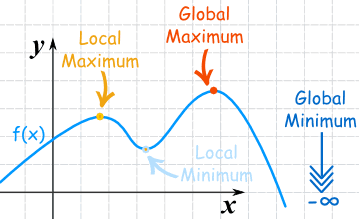
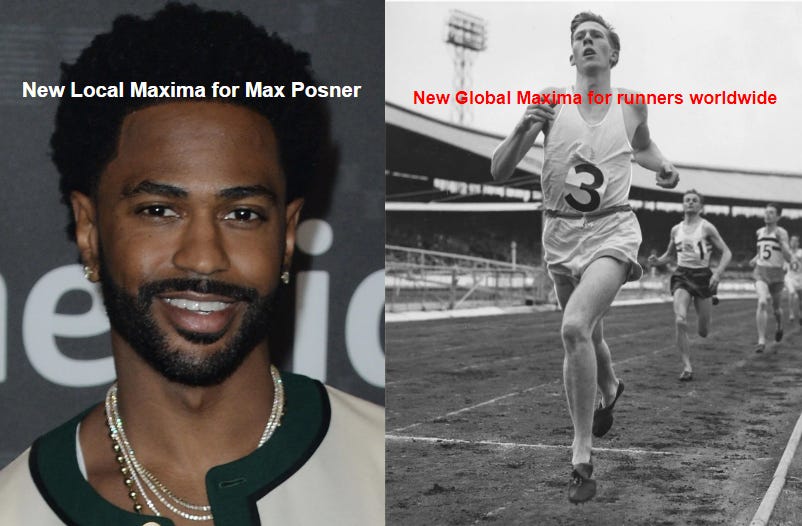
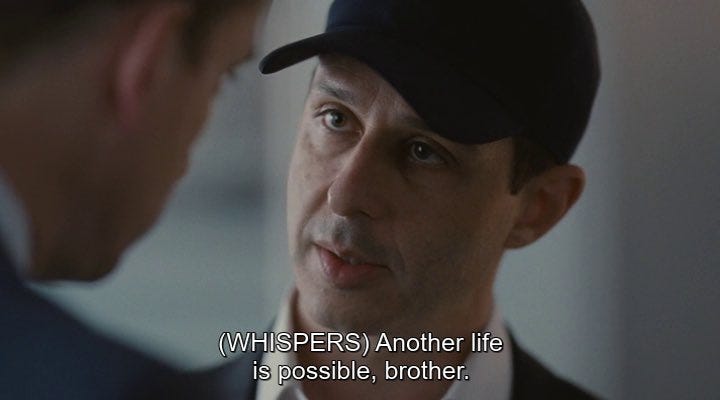
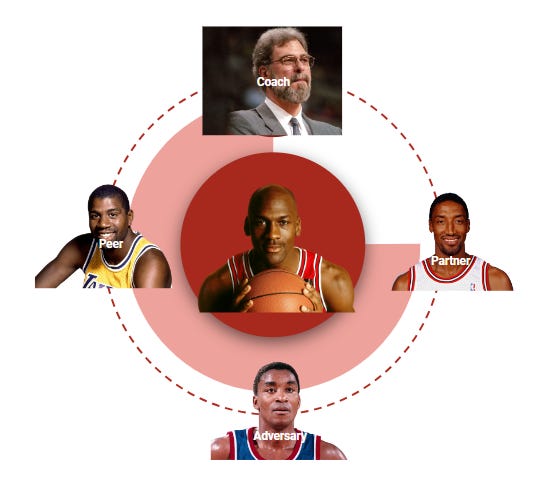
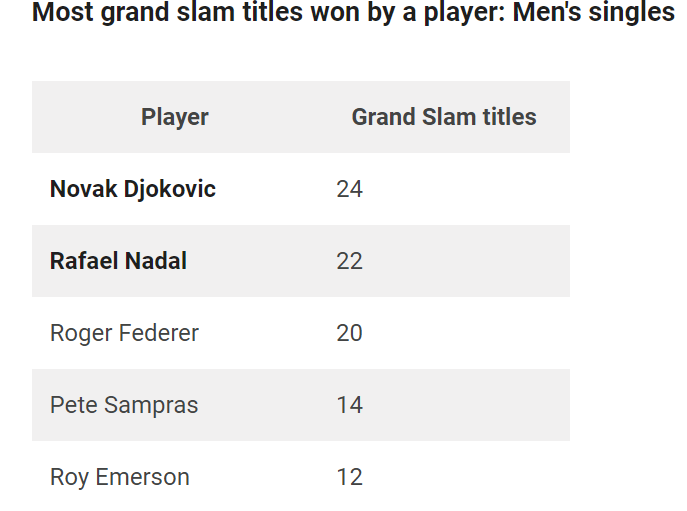
This was great, Ben - I particularly enjoyed the "Iron sharpens Iron" part - which is new to me... It's such a pragmatic and objective way to consider how adversarial relationships can actually be fundamental drivers to success. The tricky thing is making sure that relationship doesn't toxify the work! Thank you also for sharing my profile!
Great article! Surrounding ourselves with high caliber people not only raises our own standards but also inspires us to reach new heights. It's fascinating how seeing others succeed can break down our mental barriers and push us to explore our full potential.